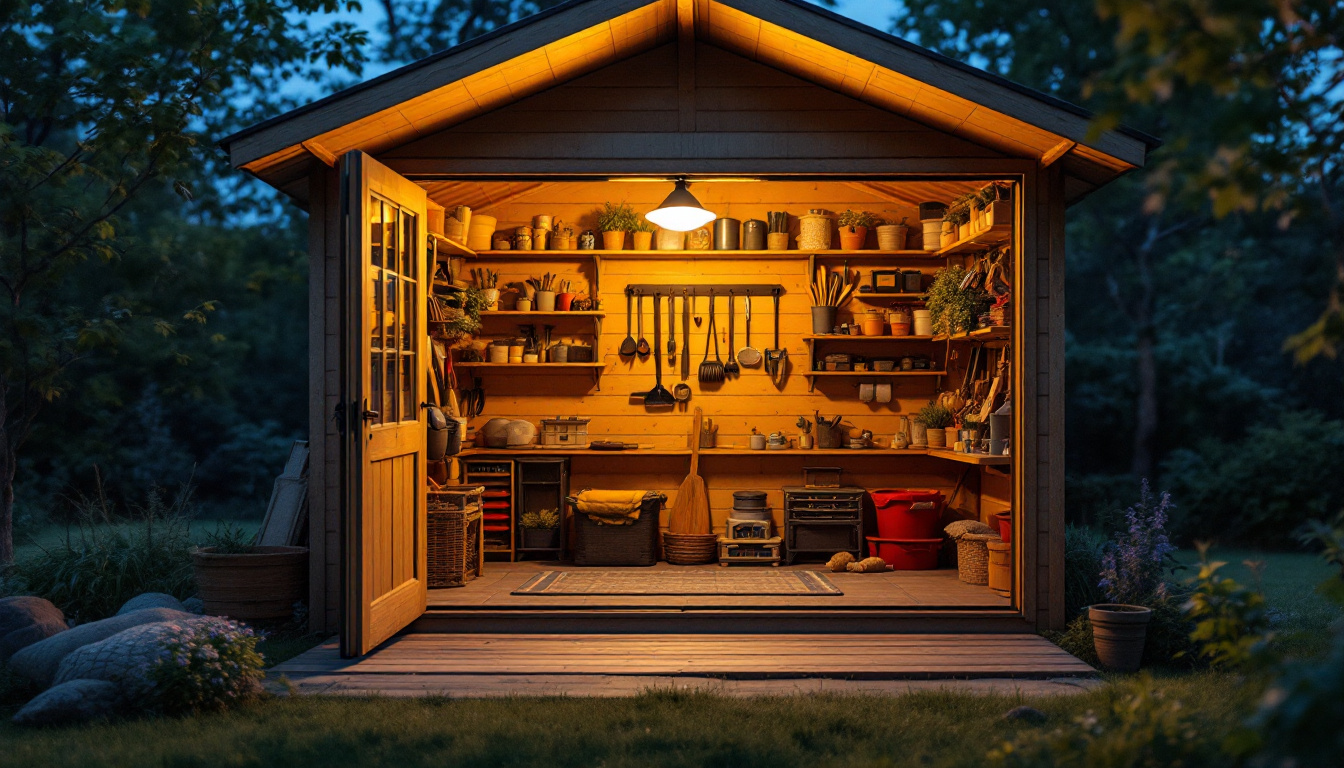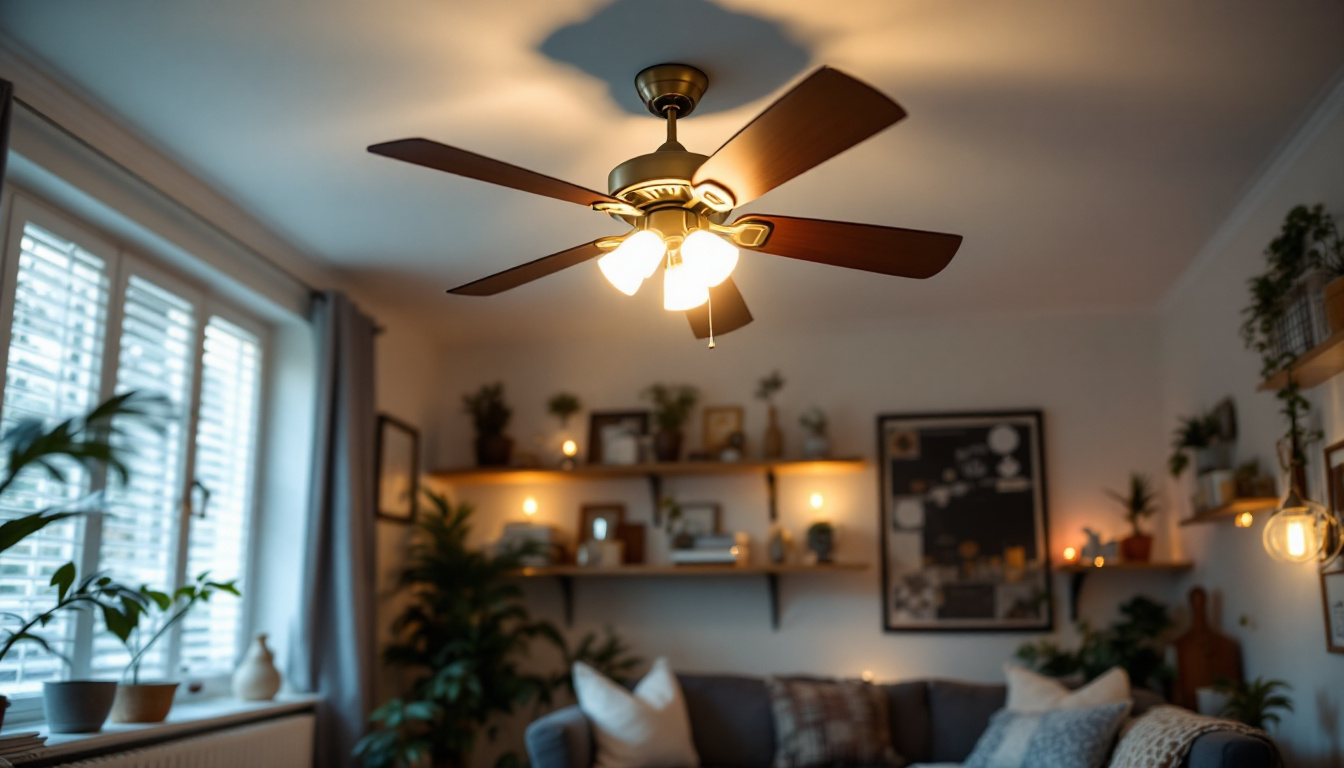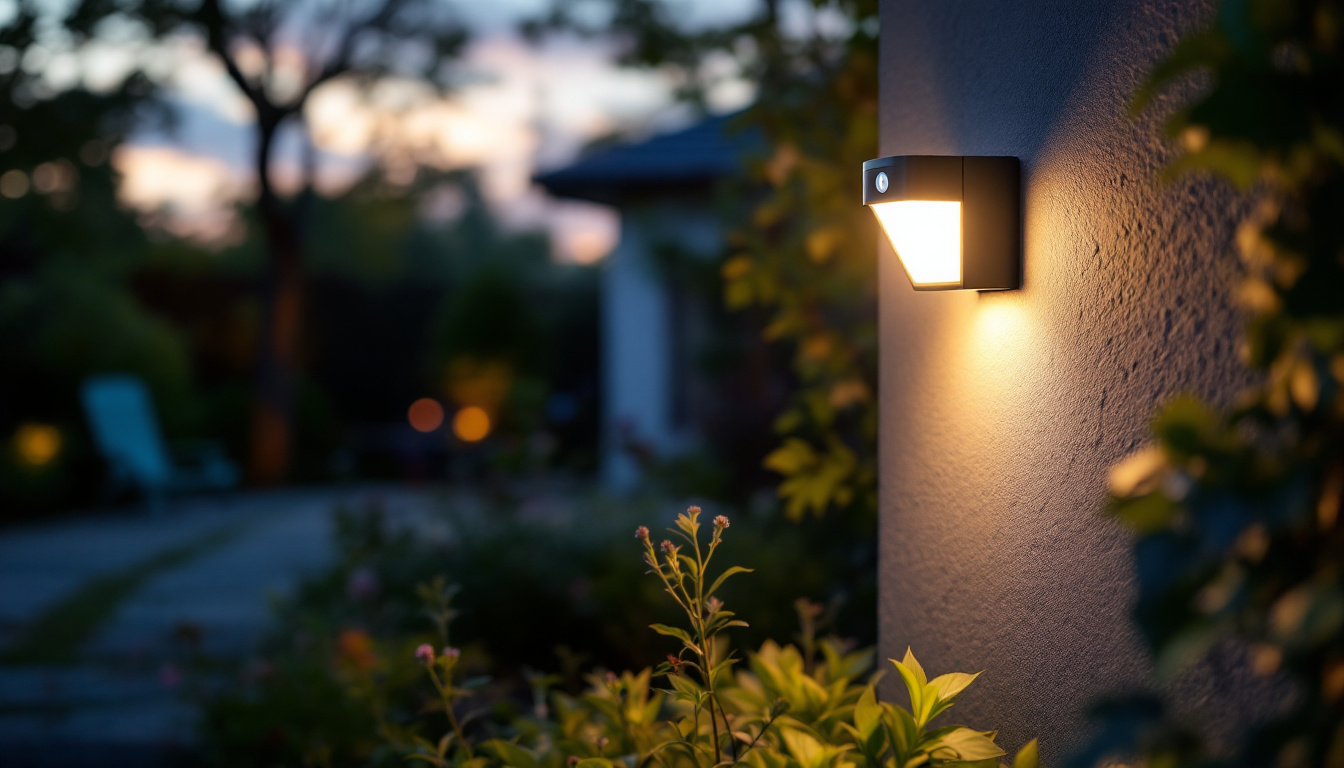
As the demand for sustainable energy solutions continues to rise, solar-powered lighting options have become increasingly popular among homeowners and businesses alike. One such option is the solar shed lamp, which provides an eco-friendly and cost-effective way to illuminate outdoor spaces. For lighting contractors, understanding the best practices for installing and maintaining solar shed lamps is essential for delivering quality service and ensuring customer satisfaction. This article explores key considerations, installation tips, and maintenance practices that can help lighting contractors excel in their projects involving solar shed lamps.
Solar shed lamps are designed to harness sunlight and convert it into electrical energy, which is then used to power LED lights. These lamps are particularly useful in areas without access to traditional electrical wiring, such as sheds, garages, and outdoor workshops. They typically consist of a solar panel, a rechargeable battery, and an LED light fixture. The convenience of solar shed lamps means that they can illuminate spaces that might otherwise remain dark, enhancing both safety and functionality in outdoor environments.
In addition to their practical applications, solar shed lamps can also contribute to the aesthetic appeal of outdoor spaces. Many models come with adjustable brightness settings and motion sensors, allowing users to customize their lighting experience. This versatility makes them suitable not only for practical tasks but also for creating a welcoming atmosphere during evening gatherings or outdoor events.
To fully grasp the functionality of solar shed lamps, it’s important to understand their key components:
Solar shed lamps offer numerous advantages that make them an attractive option for both contractors and clients:
Moreover, solar shed lamps often come equipped with features such as dusk-to-dawn sensors, which automatically turn the lights on at sunset and off at sunrise, providing seamless operation without the need for manual intervention. This not only enhances convenience but also ensures that energy is used efficiently, maximizing the benefits of solar technology. Additionally, many manufacturers are now offering models with integrated smart technology, allowing users to control their lighting remotely via smartphone apps, adding another layer of functionality to these innovative devices.
Proper installation is crucial for maximizing the performance and longevity of solar shed lamps. Lighting contractors should adhere to specific best practices to ensure a successful installation.
Before installation, conducting a thorough site assessment is essential. Contractors should evaluate the following factors:
The positioning of the solar panel is critical for maximizing energy absorption. Here are some tips for optimal positioning:
While solar shed lamps often come with pre-wired components, ensuring secure connections is vital. Follow these guidelines:
Regular maintenance is essential for keeping solar shed lamps in optimal condition. Contractors should educate their clients on proper care and troubleshooting techniques.
Implementing a routine maintenance schedule can extend the lifespan of solar shed lamps. Here are key maintenance tasks:
Lighting contractors should be prepared to troubleshoot common issues that may arise with solar shed lamps:
With a variety of solar shed lamps available on the market, selecting the right product for specific projects is crucial. Contractors should consider several factors when making their choice.
The brightness of a solar shed lamp is measured in lumens. Contractors should assess the lighting needs of the space to determine the appropriate lumens required:
The capacity of the battery will influence how long the lamp can operate without sunlight. Factors to consider include:
Solar shed lamps must withstand various weather conditions. Look for the following features:
As lighting contractors, educating clients about solar shed lamps can enhance their experience and satisfaction. Providing clear information about the benefits, installation process, and maintenance requirements fosters trust and confidence.
Developing brochures, guides, or online resources can help clients understand their options and the advantages of solar shed lamps. Include the following information:
After installation, offering ongoing support can enhance client satisfaction. Consider the following approaches:
Solar shed lamps present a valuable opportunity for lighting contractors to meet the growing demand for sustainable lighting solutions. By understanding the components, installation best practices, maintenance requirements, and client education strategies, contractors can deliver exceptional service and enhance their reputation in the industry. As the world shifts towards renewable energy, embracing solar technology will not only benefit contractors but also contribute to a greener future for all.
Ready to elevate your lighting projects with the best solar shed lamps on the market? Look no further than LumenWholesale, where we provide contractors with superior, spec-grade lighting products at unbeatable wholesale prices. Our commitment to quality and affordability ensures that you can offer your clients reliable, high-performance solar lighting solutions without breaking the bank. Plus, with free shipping on bulk orders, you can stock up on all the lighting essentials you need, hassle-free. Don’t miss out on the perfect blend of quality, affordability, and convenience. Visit LumenWholesale today and discover Wholesale Lighting at the Best Value for your next project.

Discover essential insights and expert tips for lighting contractors in “Tracks Led: What Every Lighting Contractor Should Know.” Learn how to optimize track lighting installations, enhance energy efficiency, and stay ahead in the evolving lighting industry..

Discover the essential insights from lighting contractors on choosing the perfect overhead lights for your kitchen.

Discover the essential checklist every lighting contractor needs for installing ceiling fans and lights.

Discover the top picks for motion sensor outdoor lights in this comprehensive guide tailored for lighting contractors.